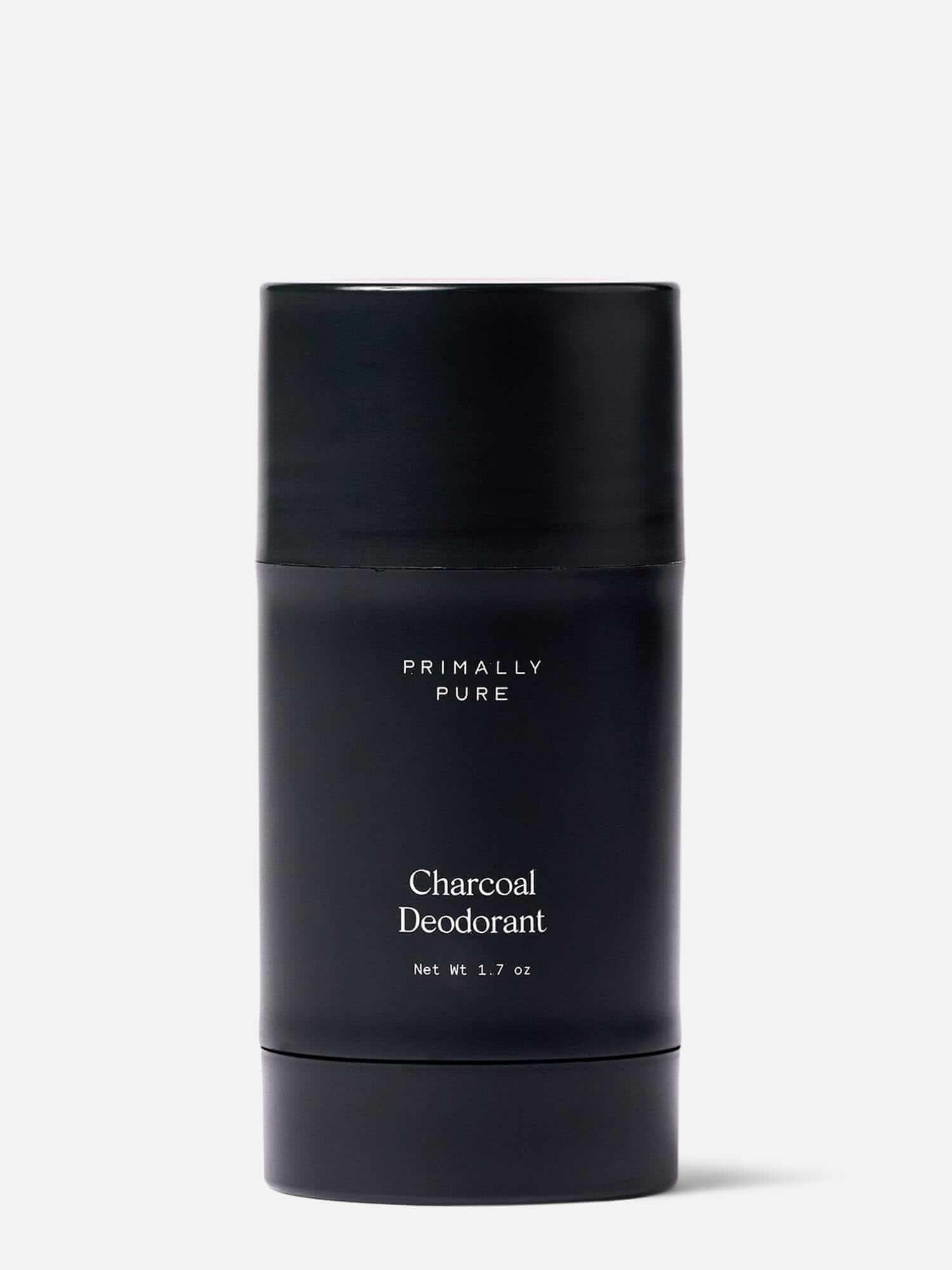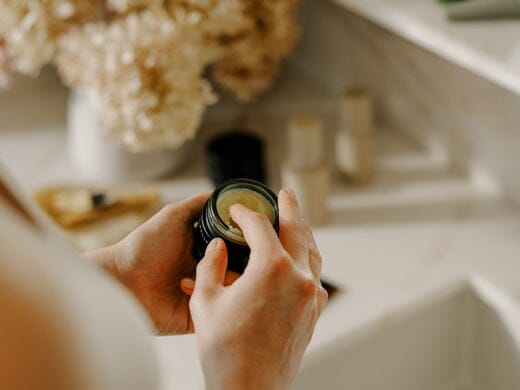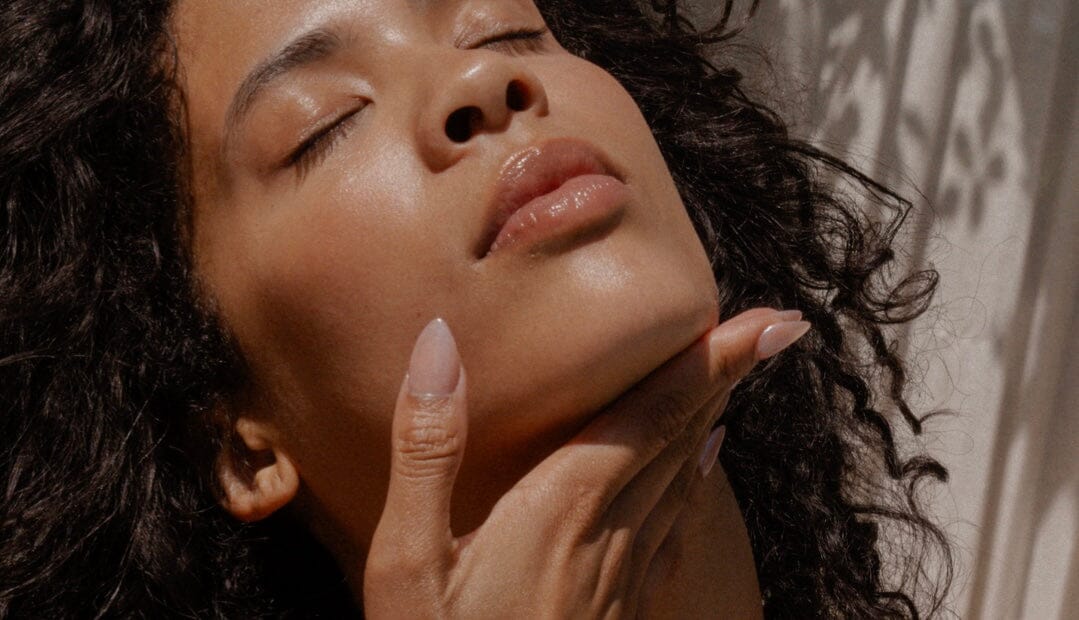Clean Beauty: Why "Clean" Is Still Compromised (And What You Can Do About It)
Summary
If you’ve never stopped to consider what clean beauty really means, we’re going to uncover the truth behind the fast-spreading movement of “clean” beauty.
If you’re here, you’re most likely interested in the clean beauty movement – or at least curious.
Consumers have become increasingly aware of the harmful ingredients lurking inside those beautiful aesthetic bottles. And the dangers they could pose for long-term health.
When browsing personal care aisles for beauty products, you might think the industry has reached a turning point.
Finally! Your favorite longtime brands are creating clean skincare products and clean hair products. And the options online for clean beauty products are limitless.
… Right?
Unfortunately, there’s a much darker side to these new (or “reformed”) clean beauty brands.
With a newfound consumer focus on safe ingredients, brands are jumping on the clean beauty bandwagon. But are they actually upholding clean standards?
This is an important distinction to consider. Unfortunately, the answer isn’t often what you’d expect.
As a pioneering, non-toxic beauty brand devoted to bringing the purest, most nutrient-dense skincare products to the world, we feel it’s time to shed light on the sobering truth. “Clean” is compromised.
“Clean” Is Compromised: The Clean Beauty Bandwagon
At some point, we’ve all seen someone jump on a bandwagon to avoid getting left behind. It’s always stirred by one motive: to stay relevant.
As consumers become more aware, even the most popular, long-standing companies realize that change is necessary to stay relevant. They're forced to conform to the concept of clean beauty to avoid being left in the dust. Most consumers expect clean ingredients as the new standard, so all brands – large and small – must conform to survive.
As a result, we’ve seen many brands remove some of the most well-known harmful ingredients like:
- Sulfates
- Dyes
- Parabens
- Phthalates
- “Synthetic fragrances”
Yet, they continue to use harmful ingredients in proprietary “natural” fragrance blends. Rather than creating a safer formula, they replace the most recognized toxins with new toxic ingredients. Companies continue to find loopholes instead of implementing true and transparent changes for the well-being of their consumers.
In some cases, there are some honest improvements. However, most modified, “clean” beauty brands still choose harmful ingredients. The reality is that the large majority of “clean” formulas still include cheap, harmful, and filler ingredients. Somehow, under the guise of “clean beauty.”
As a result, well-intentioned consumers (who don’t have extensive time or knowledge) think they’re making good decisions. As a company that truly cares about our customers’ health, this “clean beauty” movement is disheartening to us.
Our goal is always to educate, never to create fear. Unfortunately, these toxic ingredients and unsafe products pose very real dangers. They should not be marketed as clean beauty products.
The false narrative of clean, toxin-free products doesn’t stop there. Sadly, this also extends to:
- Kids products and even pregnancy products
- Cleaning solutions + home products
- Any products inhaled or absorbed through skin contact
As it stands now, the concept of clean beauty in the United States is up for interpretation. Other countries, like those in the European Union, ban tens of thousands of ingredients and continue to monitor the use of toxic chemicals.1
In the U.S., there are no regulations and very few legitimate certifications or standards to define clean beauty.
By now, you probably see how getting swept up in the clean beauty movement is far too easy. With so many convoluted intentions, it’s common to end up with personal care products that are… well, far from clean.
Clean Beauty Greenwashing Tactics to Look Out For
If you’re not familiar with the concept of greenwashing, it’s an enlightening discovery. Remember how we mentioned brands jumping on the bandwagon, removing a few ingredients, and reinventing themselves as “clean beauty brands?”
This is the essence of greenwashing.
The greenwashing movement has been happening alongside (+ before) the clean beauty movement began. It’s a massive free-for-all. Brands are using misleading claims to fight for your loyalty – and your dollars.
Why are so many brands intentionally deceiving consumers?
→ Profit and growth are prioritized over true consumer care + safety.
→ There are no regulations – or regulatory committees (crazy, right?).
→ Clean, non-toxic ingredients are harder to source.
→ Quality ingredients are much more expensive and ruin profit margins.
→ It can (sometimes, not always!) take more work to formulate with natural ingredients.
It’s easier to use low-quality ingredients. Many brands would likely collapse if they truly switched to clean ingredients. Why? Their business models are fundamentally built on the wrong values.
If they buy better + safer ingredients, they wouldn’t be able to afford them, and/or consumer prices would increase. And cheaper prices are often why they buy in the first place.
On top of that, formulations with natural ingredients can be more complex and time-consuming to craft. Nature is not always uniform, but lab-made formulations are easier to mass produce because there are more controllable factors.
Still, brands are noticing what’s important to consumers + how they’re spending money.
They study the numbers and data. They see consumers prioritizing cleaner products.
But creating truly clean products would take a lot of time, money, and effort. So they rely on shortcuts. Greenwashing uses phrases, imagery, and misleading (but sometimes technically true) claims to create a “green” or “healthy” feel and convince you to buy their products.
So when you see a catchy phrase, claim, or fact on a label, take it at face value and always do some digging yourself. The hard part is that sometimes these claims ARE true. But usually, they’re taken out of context or don’t apply to the full ingredient list/formula.
Common Clean Beauty/Greenwashing Tactics
Here are some of the most common phrases and tactics that greenwashing (and many clean beauty brands) use:
- Naturally-derived
- 100% natural [insert specific ingredient or component, i.e., exfoliant, oils, moisturizer]
- No synthetic fragrances
- Distracting “eco-claims” (recycled plastic bottles or sustainably sourced ingredients)
- “Simple”
- Plant-based
- Made with essential oils
- Natural fragrances (which are often full of toxic chemicals)
- “Fragranced with essential oils” (...and other chemicals)
- Including “green” or other “nature” like terms in the name
- Focusing on one well-produced/sourced ingredient (like a cold-pressed oil)
- Calling out specific botanical extracts but overlooking harmful chemicals
- Using one (or two) truly natural ingredients and focusing intently on that (ex. “Made with pure soothing colloidal oatmeal,” or “Contains organic olive oil”)
- A list of “NO” ingredients that aren’t included (but failing to mention other harmful ingredients in the list)
- “YES” list with positives (and ignoring the negatives clearly listed on the label…)
As consumers get smarter, so does greenwashing. A few newer greenwashing tactics to be aware of include:
→ Creating a new brand under the same corporate umbrella company. Instead of modifying the current formula, big corporations create a “new” brand to target the clean beauty industry. But if it’s owned by the same large corporation… odds are it’s still full of toxic ingredients. We also see this happening with small family-run businesses being bought out by larger companies, who quickly modify the formulas with filler ingredients and toxic preservatives.
→ Clean sections at your favorite stores (you know the ones) without thorough checks to ensure ingredient safety.
→ Promoting one truly clean skincare product. This conveniently leads consumers to assume all the products under the brand are held to the same standards.
→ Influencers paid large sums of money to sell a product. For enough money, some people will advertise almost anything to their captive audience. They overlook the red flags that are out of alignment with their values and claim it as clean beauty.
As you can see, greenwashing can be tricky. Even the most seasoned holistic consumer can fall victim. All it takes is one sneaky tactic or phrase that catches your attention and misleads you. There’s only one way to really understand what’s in a product before buying it.
Examine every label and know which ingredients to avoid.
Reading Labels: Ingredients to Avoid
To help empower you as a consumer, let’s touch on a few of the biggest categories + ingredients to avoid. If you see any of these terms listed under “ingredients,” it’s safest to put it back on the shelf.
*Tip: Unfortunately, you should even avoid products with “natural fragrance” on the ingredient list. They can still contain toxins. Without full transparency, there’s no way to confirm it’s safe.
→ Ex: Sulfates like sodium lauryl sulfate (SLS), sodium laureth sulfate (SLES), or diethanolamine
→ Ex: Phthalates like DBP, DEHP, DMP, or DEP
→ Ex: Toluene, petrolatum, or mineral oil
→ Ex: Triclosan, parabens, benzoic acid, phenoxyethanol, benzyl alcohol, caprylyl glycol, sodium benzoate, potassium sorbate, and formaldehyde
→ Ex: Petroleum, talc, or various colorants for makeup
→ Ex: PEG, butylene glycol, propylene glycol, or some types of surfactants
→ Ex: Per- and poly-fluoroalkyl substances (PFAS or PFASs)
Now that we’ve discussed the biggest red flags when reading labels, you might wonder: how do I know what’s safe with thousands of chemicals?
In our opinion, here are the only ways to know for sure that a product is completely clean:
- Ignore front labels, claims, and advertisements.
- Read the ingredient list every time.
- Stay away from known endocrine disruptors, carcinogens, and toxic chemicals.
- Do your research on the brand, its certifications, values, and standards. (If you can’t find the information easily, there’s your answer. ;))
- Make a note of which ingredients come first. Ingredients are listed by volume.
- Find some trustworthy sources to learn more about how to read labels. We love educational resources like Branch Basic’s Toss the Toxins Course or Dr. Burkhart’s Safe Ingredient Academy. (In a pinch, apps like EWG or Yuka can be helpful.)
Learning how to identify truly clean brands takes work. But it’s worth your time and attention, every time. That’s why we want to leave you with hope for the future of clean beauty – and your health.
Primally Pure Standards for Clean Beauty
Despite the setbacks compromising the name of clean beauty, Primally Pure is still 100% committed. We will continue to trailblaze truly clean beauty and personal care products.
Clean beauty means something different to us. It holds deep-seated meaning, reminding us of our innate connection with Earth.
We’re bigger than a clean beauty movement. To us, clean formulations are a core value, and an identity. It’s not a phase or trend.
→ So why can you trust us over other clean beauty brands?
- We’ve been “clean” since before it was cool (and in-demand). Our clean standards were founded free from consumer pressure. Our founder, Bethany, started Primally Pure in 2015 with one mission: to handcraft safe skincare products that offer real, recognizable results. And we’ve never looked back.
- As a holistic company, we’re not afraid to think outside the box for the sake of your skin. No matter what, our goal with every product is to give you the best results. Sans chemicals or harmful ingredients.
- We proudly incorporate concepts like ancestral wisdom. We lean on ancient practices and ingredients of our ancestors (who didn’t even know chemicals existed!). We use bioavailable ingredients from nature and ethically sourced animal fats. That’s as clean as it gets.
- You’ll only find ingredients you can pronounce. (And when it’s a tricker word like bakuchiol, we’ll help you pronounce them. ;))
- We list every ingredient in every product. No exceptions. We even list our aromatic blends with full transparency, solely crafted from pure unadulterated essential oils.
- We only use natural preservatives like vitamin E and rosemary extract, which have zero negative side effects and are also beneficial for your skin. (Yes, please!)
- Our sourcing standards are extremely strict. If we can’t source an ingredient in a clean, ethical, and earth-friendly manner, we won’t use it. We invest in quality sourcing to give you nutrient-dense and safe formulas. We always source local, wildcrafted, and organic ingredients whenever possible. We only use ethically raised animal-based ingredients, cold-pressed oils, and fair-trade ingredients.
- Ingredient education. We go beyond just listing our ingredients for you to do the research. We provide another level of transparency through our ingredient glossary. This makes it easy to understand the benefits of our ingredients and which products you’ll find them in. We also do deep dives on ingredients and sourcing to give you an inside look into our process + products.
- We hold the same clean beauty standard across every ingredient and every product. At Primally Pure, you don’t have to learn how to read labels (though it’s still a helpful skill).
With so much confusion and compromise, we hope to be a place of solace in a world vying for your attention and hard-earned dollars. At Primally Pure, you can confidently trust that we have your best interests and well-being in mind.
Clean Beauty Without Compromise
Large corporations and profit-focused companies have created an industry of mass confusion and misleading terms. But we believe there’s still hope for clean beauty.
We believe clean beauty can still become the norm. But as consumers it’s up to us to demand tangible, transparent, and honest change. Change that sets undeniably high, healthy standards for you + your loved ones. Non-toxic products shouldn’t be something you have to fight for.
At their root, personal care products are designed to CARE for us, not compromise our health.
So, how can you be part of creating a truly clean beauty movement? Keep learning. Empower yourself to make educated, confident, and science-backed choices. Vote with your dollars. Advocate for more regulations around personal care products. Support the brands that truly are clean.
And more than anything, help spread awareness. There’s power in numbers.
Join us?
XO
Sources:
- European Chemicals Agency | Cosmetic Products Regulation, Annex II – Prohibited Substances
- Branch Basics | Are Surfactants Toxic? The Dangers & Alternatives
Pin This Post: Save for fresh inspo on your fav Pinterest board.

Highlighted in This Post
- Tags: Ingredients Skincare Tips





Leave a Comment